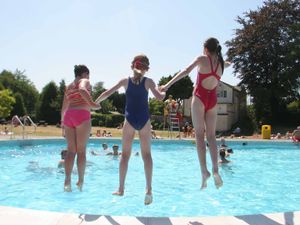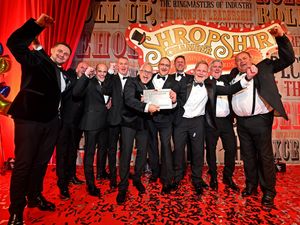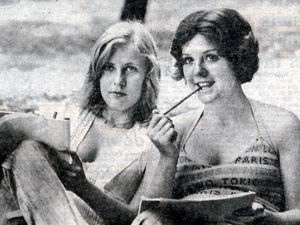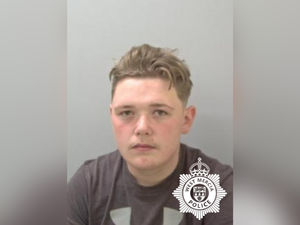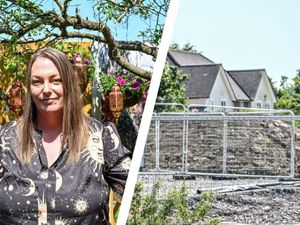Star comment: Balancing safety at air shows
Safety, they say, is no accident, and in the aftermath of the dreadful tragedy at Shoreham it should be remembered that air shows in Britain have entertained vast crowds of people over many years without serious incidents involving the spectators.
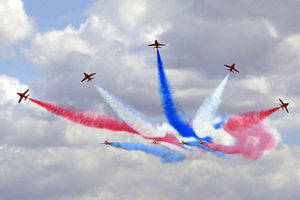
You have to go back to the Farnborough disaster of 1952, when 31 died, for anything comparable.
Lessons have been learned by bitter experience. The Ramstein disaster in West Germany in 1988 showed the folly and risk of routines in which aircraft flew towards the crowd.
And Shoreham last year has brought with it more lessons. The final report by the Civil Aviation Authority introduces a significant tightening of safety regulations at UK air shows.
Essentially the new moves expand the safety zone. The CAA is increasing the minimum altitude at which ex-military jets – the Hawker Hunter involved at Shoreham was a design of 1950s vintage – can do aerobatics, and increases the separation between civil displays and the crowd.
This is a sensible, measured response. There is a balance to be struck. These shows are just that, shows, entertainment for the crowds, and the entertainment value is diminished for the spectators if the aircraft perform their displays at great height or distance. But if the aircraft are flying low, and close, the risks are greater.
In Shropshire, the air display at Cosford has been a major attraction for many years. Crowds have sometimes been in excess of 50,000, and large amounts are made for good causes.
Traffic on show day is a headache, but this is a well run event which sets high standards and with an excellent safety record.
The accident report into the Shoreham disaster has still not been concluded, although many armchair experts have ventured opinions already. We shall confine ourselves to stating the obvious, that something went wrong, and that to lessen the chance that anything similar might happen we have to recognise that even the most skilled human beings are capable of making mistakes.
So the plan is both to stop things going wrong so far as is possible, but also to have a system of operation in which when things do go wrong, spectators stay safe.
And then everybody can continue to enjoy the show.

